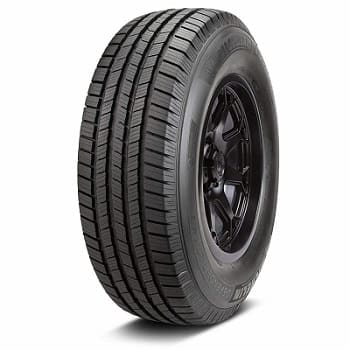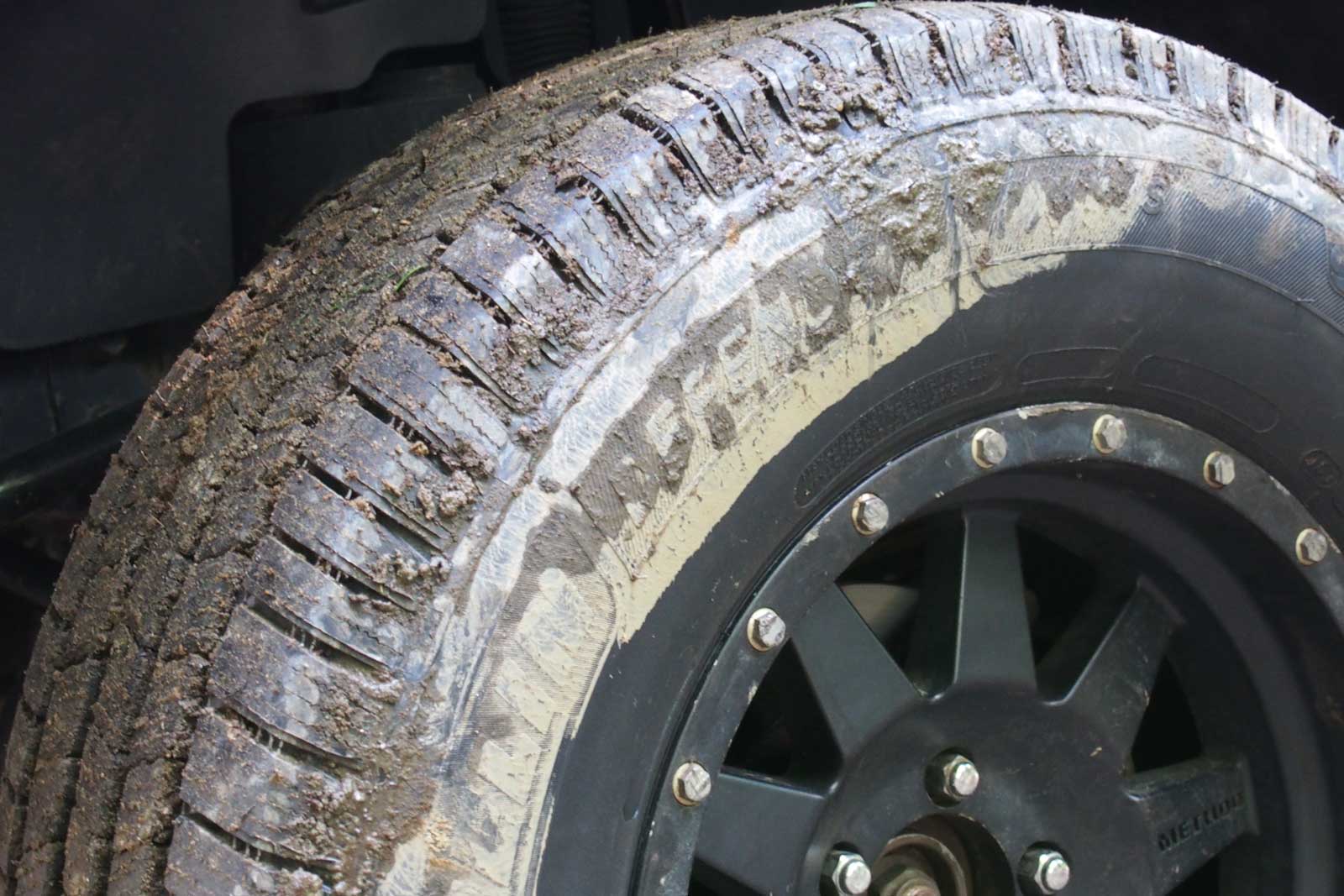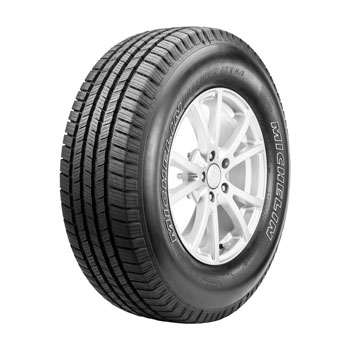NEW TIRE LABELING: UNDERSTAND HOW IT WORKS AND LEARN HOW TO READ
Did you know that tire labeling has already been mandatory? As well? Now will the tire receive an efficiency label equal compared to that of appliances and electronics? I also asked that same question when I went to get tires for my car and heard the next answer: since the final quarter of 2016, all tires for passenger cars , SUVs, pickups and pick-ups are needed to truly have a label with some safety information: rolling resistance, adhesion to the floor and external noise. To know more, check out: michelin defender ltx reviews
The Tire Labeling Program was intended to answer the end customer's main doubts and help him make a safer purchase. Come with us to master everything about the program and understand the classifications of etiquette.
WHAT IS THE TIRE LABELING PROGRAM?
The Brazilian Tire Labeling Program, regulated by Decree 544/12 of Inmetro (National Institute of Metrology, Quality and Technology), was designed to regularize the production and import of tires in the Brazilian market.
The PBE has already been in effect and, since the final quarter of 2016, all tires manufactured or imported into Brazil must have labels with information on rolling resistance, wet grip and noise level.
This sticker, just like the stamps already utilized in home appliances, aims to exhibit consumers the advantages and disadvantages of each product, along with serving as another reliable information element that will help you in your purchase decision.
The label is situated on the tread of the radial tires of cars, pick-ups, SUVs , vans, trucks, buses and trucks ;.
The responsibility for implementing the program lies not only with tire manufacturers and importers, but in addition with dealers and distributors, who must ensure that all products are labeled.
WHAT DO THE LABEL ELEMENTS MEAN?
1. Rolling resistance
2. Wet grip
3. External noise level
The first two criteria are classified on a scale represented by the letters A to G, with A being the most efficient and G the smallest amount of efficient. The noise level will undoubtedly be defined with a gradation of 3 positions: the lower the level, the quieter the tire.
E-Glu will explain what each rating means. In this way, it will undoubtedly be much easier to select a tire. Let's go!
ROLLING RESISTANCE
This criterion indicates the force contrary to the rotation of the tire, being influenced by the design and tread. Rolling resistance is directly linked to energy efficiency, that is, a tire with low resistance is more effective with regards to fuel economy, because it needs less energy to run.
I'll try to describe it better: the lower the tire's resistance to rolling, the lower the fuel consumption and, consequently, the lower the effect on the environmental surroundings (pollutant gas emissions).
As much as 20% of the vehicle's fuel consumption relates to rolling resistance. A tire that rotates easily requires less fuel because it will waste less energy in friction and heat.
On the label, tires are classified into up to 6 levels, with A being the most efficient and F being the smallest amount of efficient. So, if you travel on average 15,000 km each year and have a category G (worst rated) tire, you will waste more than 22 liters of fuel compared to an A rated tire.





